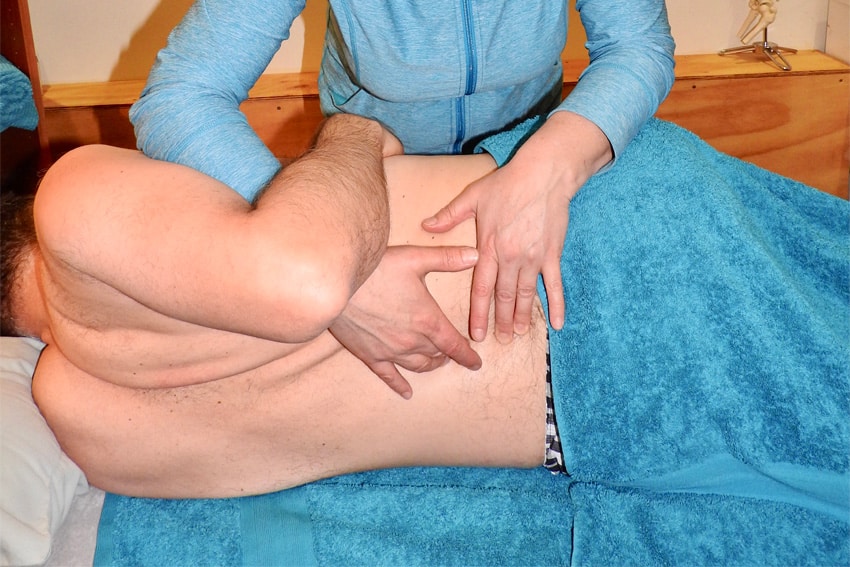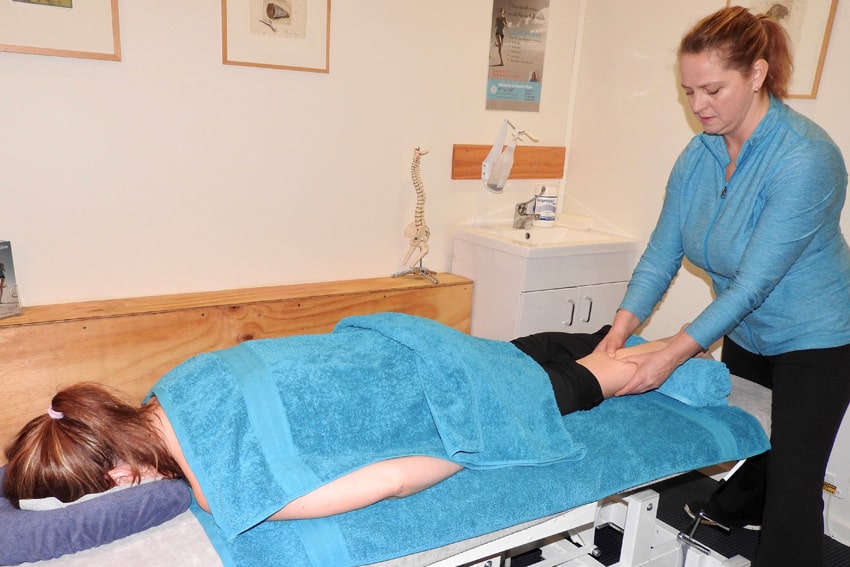Osteopathy is a hands on approach to healthcare recognising the important link between the structures of your body & the way it works. Osteopaths focus on how your skeleton, joints, muscles, nerves and circulation work together to improve your health & well-being.


What is Osteopathy?
Osteopathy is a form of manual healthcare which recognises the important link between the structure of the body and the way it functions. Osteopaths focus on how the skeleton, joints, muscles, nerves, circulation, connective tissue and internal organs function as a holistic unit.
Using skilled evaluation, diagnosis and a wide range of hands-on techniques, osteopaths can identify important types of dysfunction in your body. Osteopathic treatment uses techniques such as stretching and massage for general treatment of the soft tissues (muscles, tendons and ligaments) along with mobilisation of specific joints and soft tissues.
In Australia, osteopaths are government registered practitioners who complete a minimum of five years' university training in anatomy, physiology, pathology, general medical diagnosis and osteopathic techniques.
Osteopaths are primary healthcare practitioners and are trained to recognise conditions that require medical referral. They are also trained to perform standard medical examinations of the musculoskeletal, cardiovascular, respiratory and nervous systems.
Osteopathy is covered by most private health funds and by Medicare's Chronic Disease Management (CDM) Plans. Osteopaths are registered providers for DVA patients, as well as by workers’ compensation schemes and motor accident insurers.
The above information is taken from Osteopathy Australia, which OsteoActive is a proud member of

